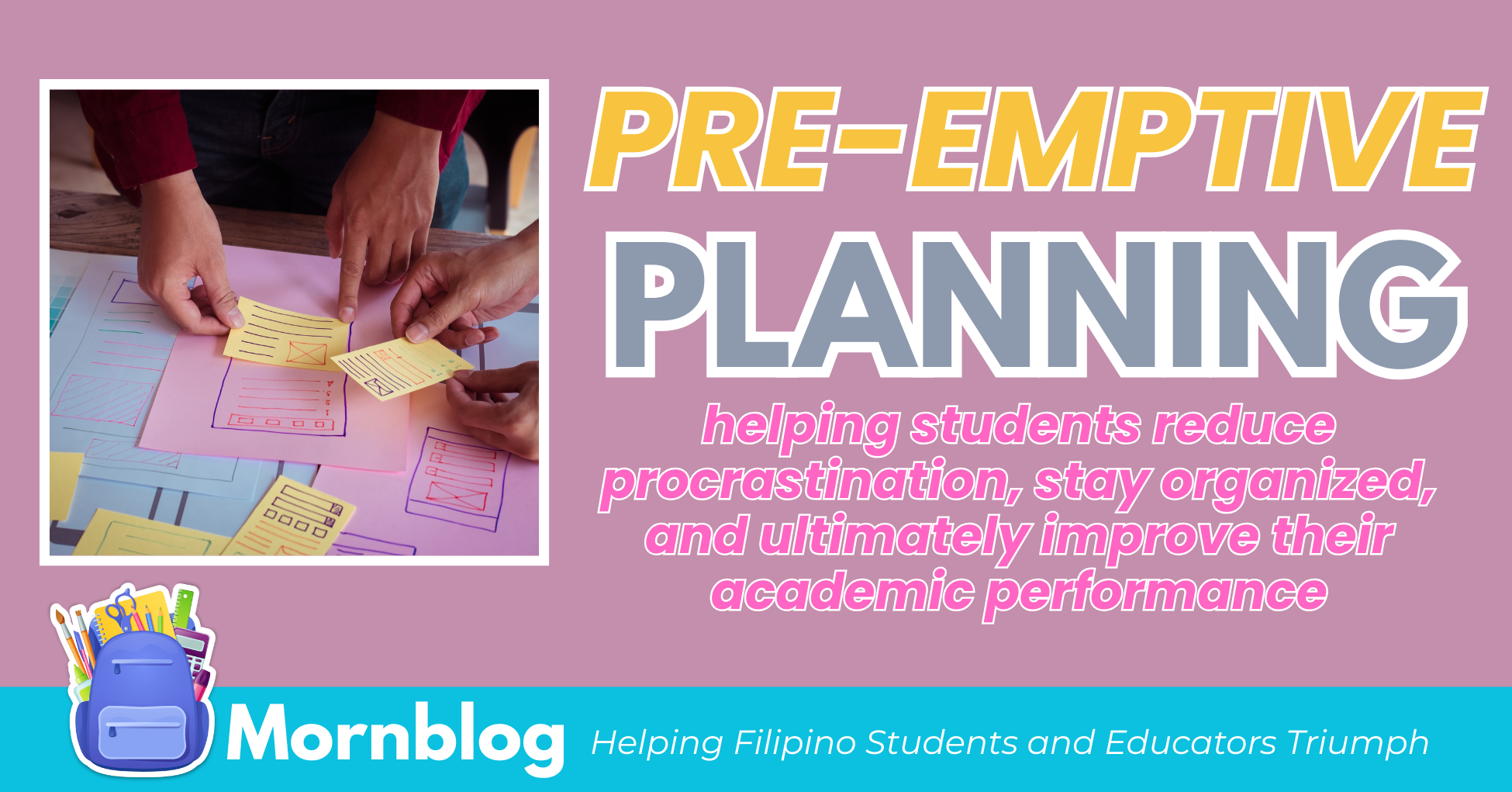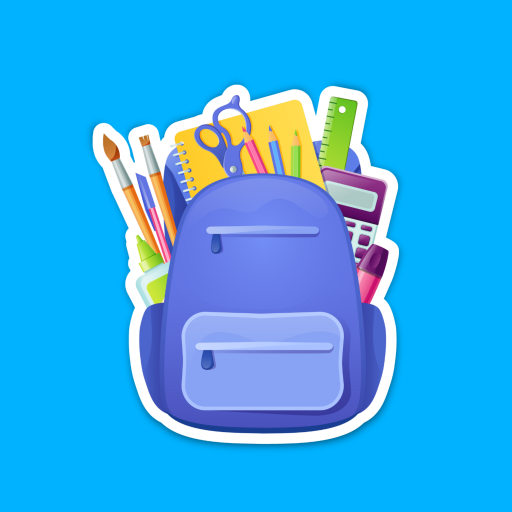Pre-emptive planning, also known as reverse planning, is a powerful strategy that can transform how students approach their academic responsibilities. Now’s the time to use pre-emptive planning for a more effective student learning.
Instead of starting with a vague idea of how to complete an assignment or prepare for a test, pre-emptive planning involves working backward from the final deadline.
This method breaks larger tasks into smaller, manageable steps, helping students reduce procrastination, stay organized, and ultimately improve their academic performance.
By strategically outlining each phase of their work and assigning deadlines, students can minimize stress and ensure they meet their goals.
Table of Contents
Start with the Deadline
The foundation of pre-emptive planning is to clearly identify the final deadline for the task at hand—whether it’s an essay, a project, a test, or even a final exam.
Understanding exactly when the work is due gives students a clear endpoint to work toward. This step is crucial because it provides a visual marker for all subsequent planning.
Once the deadline is established, the student can see how much time they actually have and begin to map out a realistic timeline to achieve their goals.
Work Backward and Define Key Milestones
Once the final deadline is set, students should break the process into key milestones. These milestones are the major phases of the task or project.
For example, if preparing for an exam, milestones might include reviewing lecture notes, completing practice problems, and reviewing key concepts.
For a written assignment, milestones could include research, outlining, drafting, and revising. By breaking the project into distinct phases and assigning a date to each, students can ensure that they make continuous progress.
Working backward from the due date helps students gain a clear sense of direction and prevents last-minute scrambling.
Break Each Milestone into Smaller Tasks
To ensure steady progress and avoid feeling overwhelmed, each milestone should be broken down into smaller, actionable tasks.
For instance, during the research phase, a student might need to find articles, read them, take notes, and organize the information.
In the writing phase, smaller tasks might include creating an outline, drafting an introduction, writing the body paragraphs, and drafting a conclusion.
By dividing each phase into smaller tasks and assigning specific dates to each, students can tackle one task at a time and make consistent progress without feeling overwhelmed by the bigger picture.

Build in Buffer Time
Even the best-laid plans can run into obstacles. That’s why it’s essential to build buffer time into your schedule. Buffer time allows students to accommodate unexpected delays, whether it’s needing extra time for research, facing technical difficulties, or handling unforeseen life events.
This “extra” time gives students the flexibility to adjust their plan without falling behind. For example, if a student plans to finish the first draft a few days before the deadline, they can use the buffer period to refine their work, seek feedback, or catch up if they get off track.
Having buffer time in your schedule ensures that students are not caught off guard by last-minute issues and can finish their work with confidence.
Prioritize and Manage Distractions
Pre-emptive planning also includes managing how time is spent during each phase. Once milestones and tasks are broken down, students should assess which tasks need the most focus and prioritize them accordingly.
For instance, if research or studying for an exam requires significant time and concentration, these tasks should be scheduled at times when the student is least likely to face distractions, such as early in the morning or during quiet study hours.
To further optimize productivity, students can set specific periods for breaks to recharge and avoid burnout, thus maintaining their focus over longer study sessions.

Conclusion
Pre-emptive planning is an invaluable tool for students looking to maximize their productivity, reduce stress, and improve their academic performance.
By working backward from the final deadline, students can break down large, daunting tasks into smaller, more manageable steps.
This method not only helps with time management but also enhances focus, organization, and overall learning.
Incorporating buffer time, managing distractions, and tracking progress are all critical elements of this approach, ensuring that students can meet their academic goals with confidence and minimal stress.
Ultimately, by adopting reverse planning, students can transform the way they approach their learning—making their academic experience more organized, efficient, and successful.













